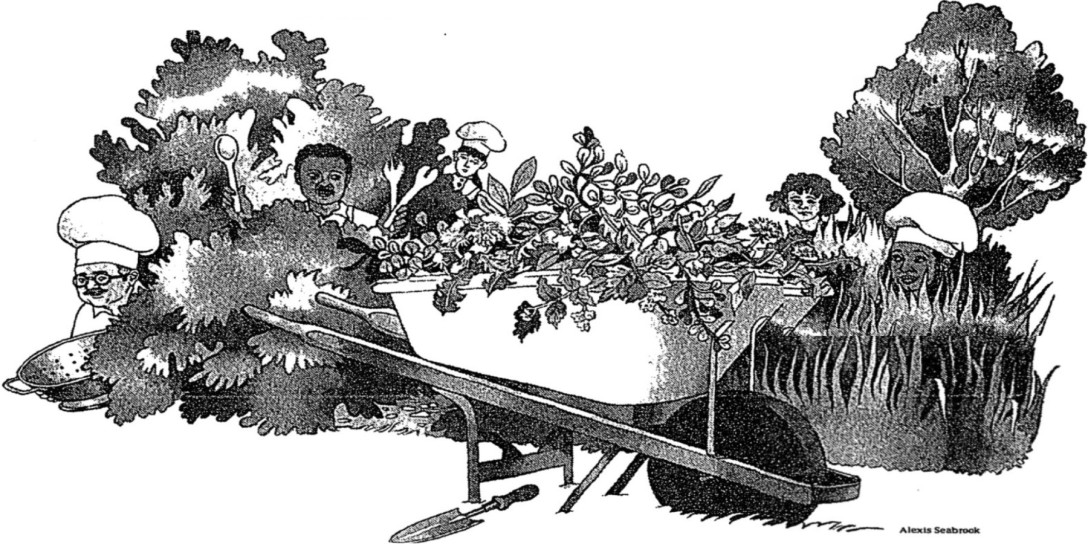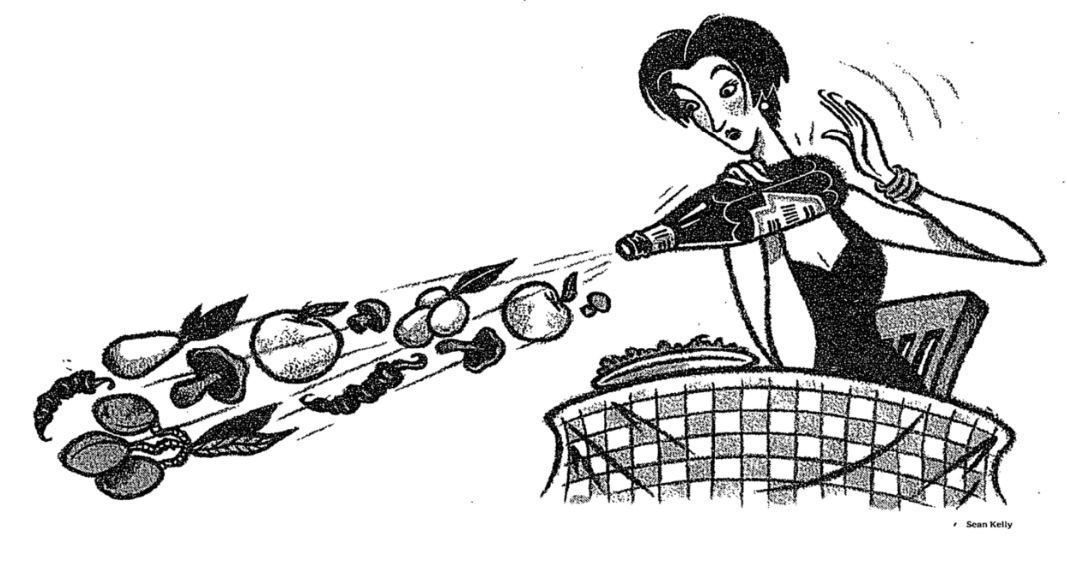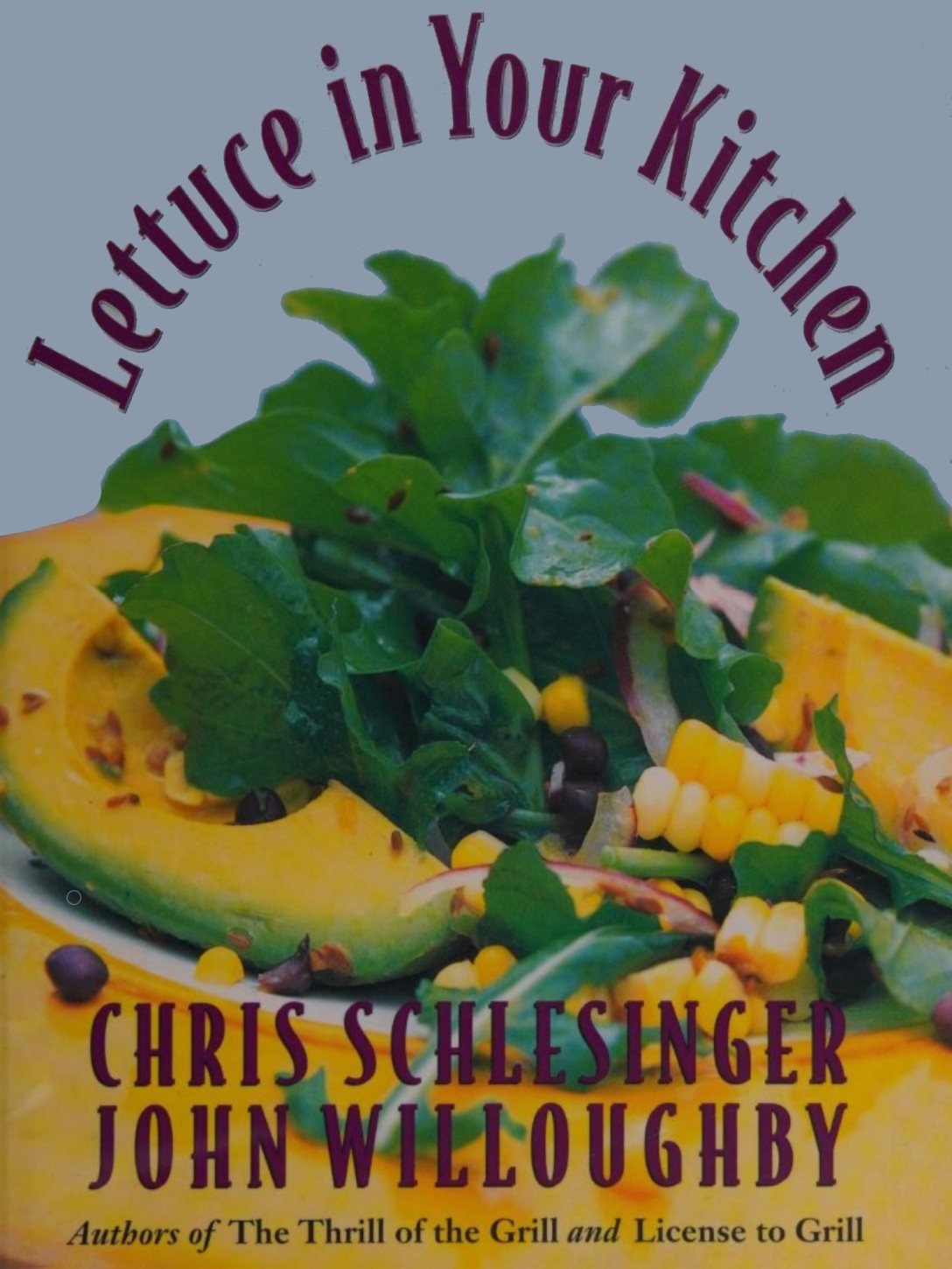"In the South, people still gather wild field cress, also known as 'creasy greens.' Field cress can be eaten raw only when very young, but a less aggressive version of its rather biting flavor can be approximated by garden cress or, most commonly, by watercress. All of these cress cousins have small, glossy, dark-green leaves on tender, rather leggy stems, and varying degrees of pepperiness."
Tag: Cambridge restaurant
A Virginian’s Boston Barbecue, by Marian Burros, Oct. 5, 1988
"Those who visit Jake and Earl's might ask where the name comes from. Mr. Schlesinger wanted to call it Jake's Dixie Barbecue because 'Jake is what older people in the South call young boys and it's my dog's name.' Ms. Wheaton wanted to name it for her father, Earl, a surgeon in New Jersey. They compromised."
Ketchup: It’s Not Just For Tomatoes Anymore, by John Willoughby and Chris Schlesinger, Sept. 21, 1994
"After all, everybody knows what ketchup is — it's that sweet-sour tomato sauce. Like fish sauce in Southeast Asia, this tomato condiment is fixed so firmly in the American culinary vernacular that it is often set on the table unbidden, with the unspoken assumption that it will be needed at some point in every meal."






